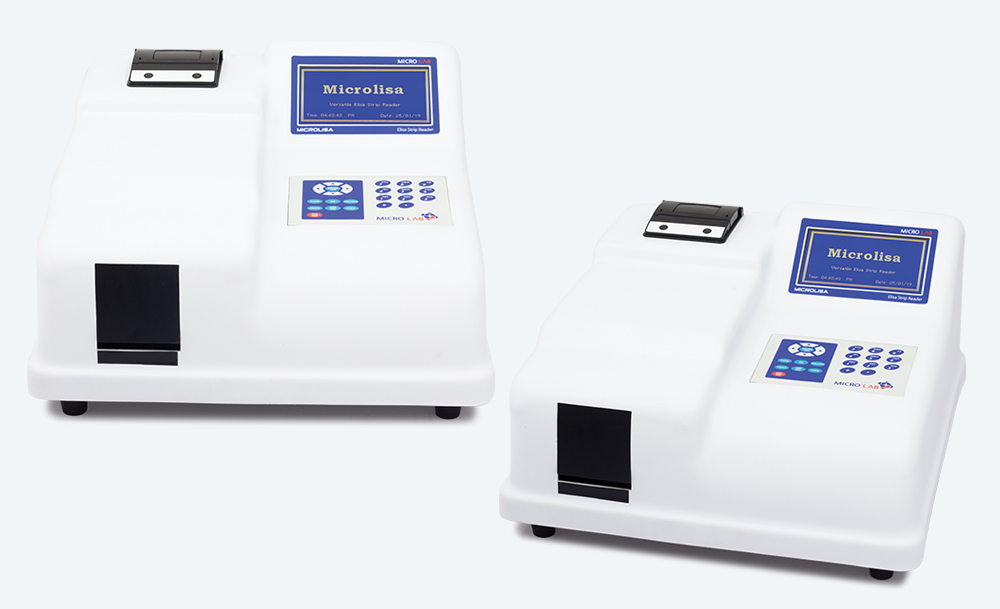What an elisa reader does.
Elisa reader and washer principle.
This ability to wash away non specifically bound materials makes the elisa a powerful tool for measuring specific analytes within a crude preparation.
The elisa reader reads the plate.
An immune reaction i e.
The enzyme activity is measured using a substrate that changes color when modified by the enzyme.
Along with the enzyme labelling of antigens or antibodies the technique involves following three principles in combination which make it one of the most specific and sensitive than other immunoassays to detect the biological molecule.
Elisa stands for enzyme linked immunosorbent assay.
The test is done in an elisa plate also known as a 96 well plate or microplate.
Readers need to have appropriate filter 650 nm and 450 nm.
The principle in elisa various antigen antibody combinations are used always including an enzyme labeled antigen or antibody and enzyme activity is measured colorimetrically.
The illustration below shows a workflow for a typical sandwich elisa assay.
A microplate washer is used to wash away non specific material in the wells and an absorbance elisa microplate reader detects the color change produced when target antigen is present.
Are available as fixed as well as adjustable volume as well as single channel and multi channel.
Having the reactants of the elisa immobilized to the microplate surface enables easy separation of bound from non bound material during the assay.
Elisa is a plate based assay technique.

